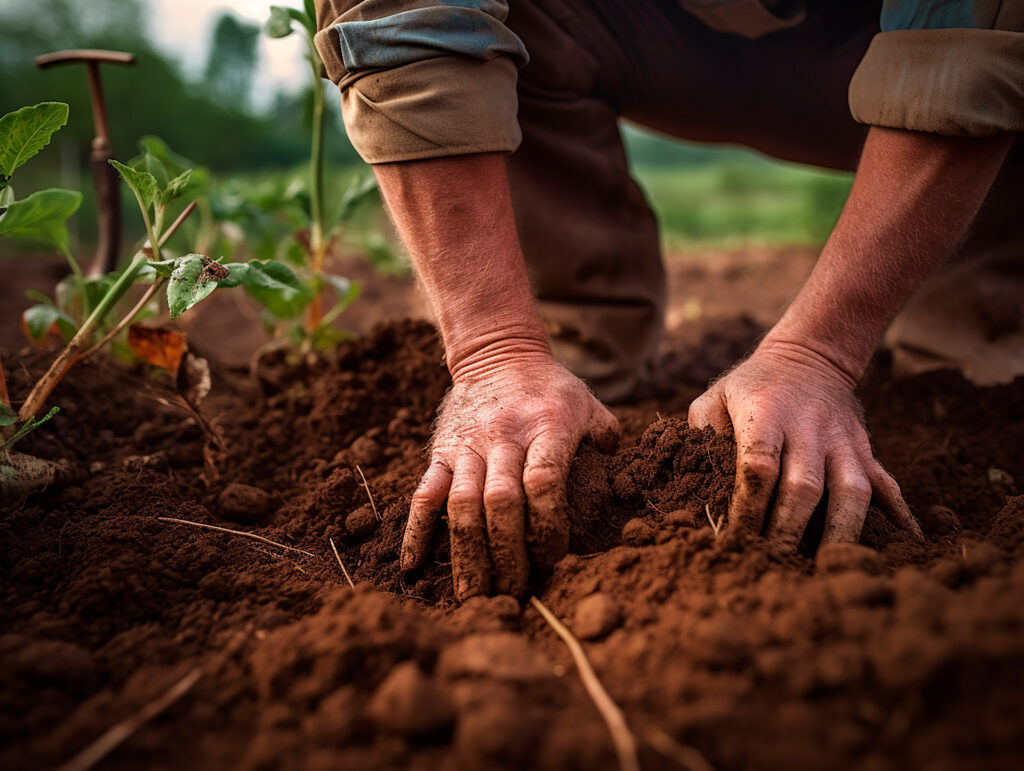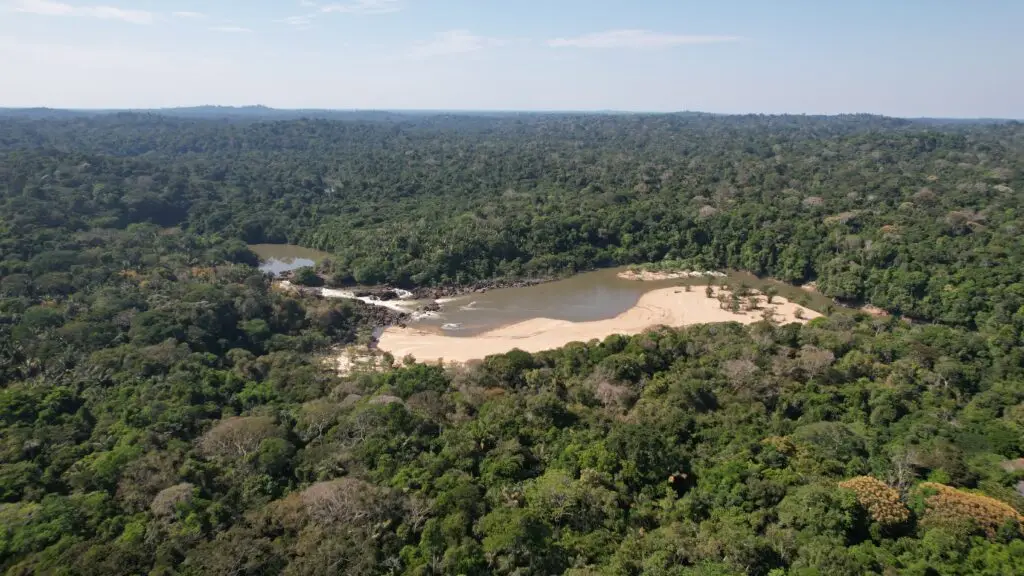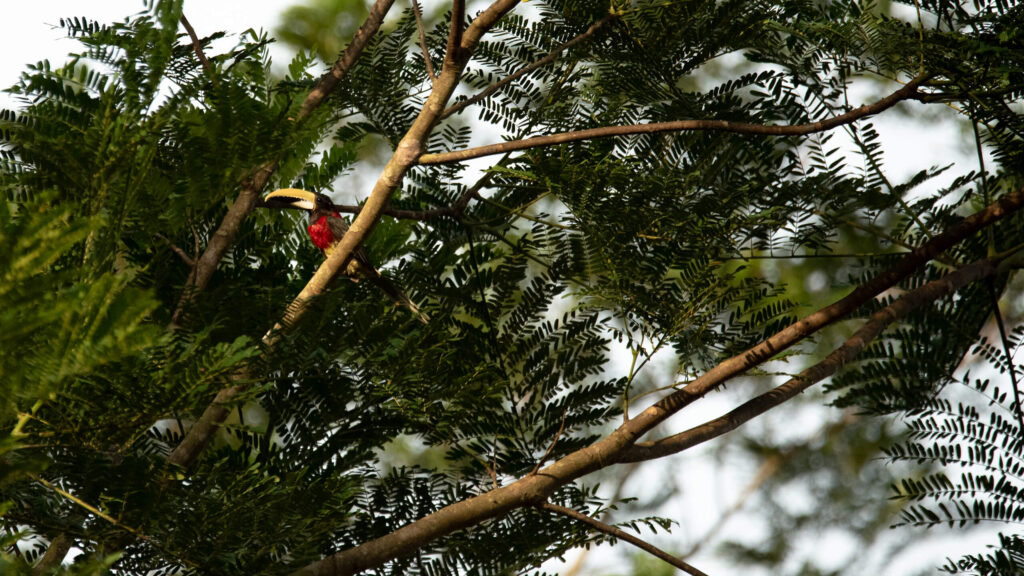by Caio Gallego, NBS Intelligence Manager at Biofílica Ambipar

Forest management in the Amazon plays a crucial role in environmental conservation and the fight against climate change, especially in the face of growing greenhouse gas (GHG) emissions resulting from the conversion of tropical forests. Sustainable Forest Management (SFM) represents an evolution from the predatory practices of the past to a more responsible and sustainable approach, allowing for the selective and low-impact extraction of timber, promoting forest regeneration and the preservation of biodiversity.
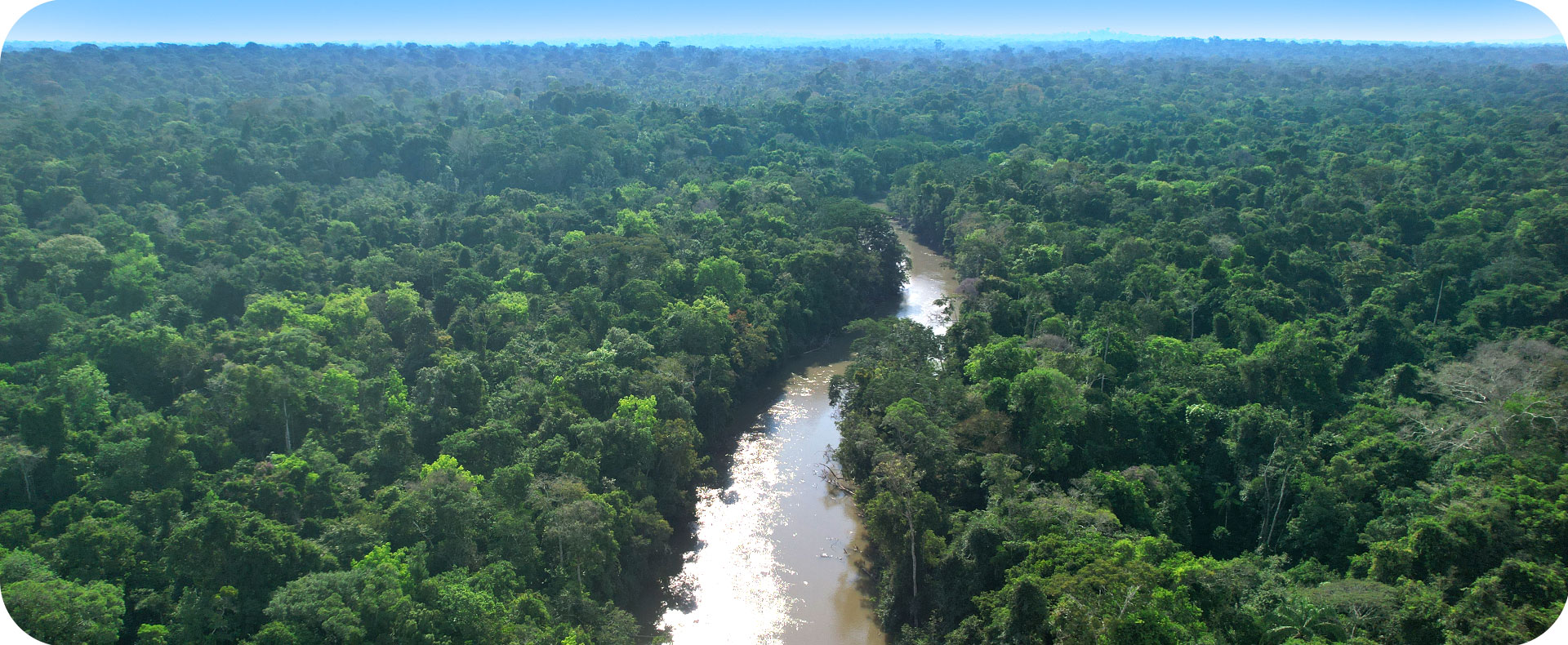
Conserved forest belonging to the Manoa REDD+ Project, area, a world reference in sustainable forest management
There is a positive correlation between SFM and the Voluntary Carbon Market (VCM), since the former is a low-impact forest management activity and the latter aims to finance activities that promote the reduction or removal of GHG emissions through their practices. We can consider different aspects of this relationship, such as:
- Territorial governance
- Scale
- Time
- Financial return and
- Scientific research
For this reason, it is understood that associatingSFM with carbon projects is an initial step towards promoting territorial management and ensuring the financial stability and long-term vision necessary for the sustainable development of the Amazon. We will discuss the reasons for this below.
Complementary Practices
Currently, the conversion of tropical forests to agricultural use accounts for a significant portion of Brazil’s Greenhouse Gas (GHG)1 emissions. Therefore, forest management, management and conservation practices play a fundamental role in mitigating socio-environmental impacts and meeting Brazil’s targets in international agreements.
This begs the question: “How can logging be considered an ally in forest conservation strategies and the fight against climate change, given that it is one of the main contributors to degradation and GHG emissions?”. Through this Technical Positioning, we intend to address this question and begin a series of positionings that we will publish this year. Through this initiative, we aim to bring society closer to the challenges, dilemmas and opportunities that carbon project developers deal with on a daily basis.
This text will focus on Timber Forest Management, which consists of the selective extraction of native tree species for processing into different timber products. Although there are various approaches to forest management, such as the extraction of non-timber products, wildlife management, ecotourism, among others, Timber Forest Management is still the most important activity in the Amazon in economic terms2, in terms of scale and technical-scientific knowledge.
The practice of timber management did not originate in the way we know it today. At the beginning of the 20th century, it was characterized by predatory exploitation of forest resources, but over the last few decades it has evolved into a more sustainable and responsible practice.
This development was spurred on in the early 1990s, especially due to the 1992 United Nations Conference in Rio de Janeiro, Eco-92, where a number of commitments related to forest management were established, resulting in the formulation of new national laws and policies. In the following years, the first certifications emerged – with the FSC (Forest Stewardship Council) standing out – and, with improved techniques for reducing impacts and a greater focus on social and biodiversity aspects, the practice came to be called Reduced Impact Forest Management, or Sustainable Forest Management (SFM).
Today, SFM is a practice aimed at the selective extraction of wood, using low-impact techniques that enable forest regeneration and the preservation of biodiversity. For those who are curious to understand SFM in more detail, we have listed some reading suggestions at the end of this text.
In parallel with the development of Timber Forest Management, the Voluntary Carbon Market (VCM) was also being developed. After the Kyoto Protocol came into force in 2005, the VCM thesis gained more strength due to the incentives for developing countries to generate carbon credits, paving the way for the emergence of various certification standards not linked to the Protocol, such as the Verified Carbon Standard (VCS) and the Gold Standard.
I don’t intend to go into the details of the current design and structure of the VCM here. In this sense, for those interested in the subject, I list recommended reading at the end. It is worth noting that VCM has grown significantly in recent years, reaching the US$ 2 Billion mark in annual transactions in 20223 and it is estimated that it could exceed US$ 50 Billion in the next decade4.
In this context, the forestry sector plays an important role, especially for the REDD+ modality (Reducing Emissions from Deforestation and Forest Degradation), which today represents around 32% of this market in value5 . REDD+ is a mechanism applied by governments or organizations that aims to remunerate results obtained by improving forest management in order to prevent deforestation and forest degradation, ensuring the maintenance of carbon stocks and biodiversity.
But what is the relationship between VCM and Timber Forest Management? This relationship can be approached from two opposing perspectives. On the one hand, predatory logging can threaten forest conservation and reduce the effectiveness of REDD+ strategies. On the other hand, Reduced Impact Forest Management, especially certified operations, can be an ally of conservation and essential for REDD+ strategies.
Main factors that demonstrate the positive correlation between Sustainable Forest Management and Carbon Projects
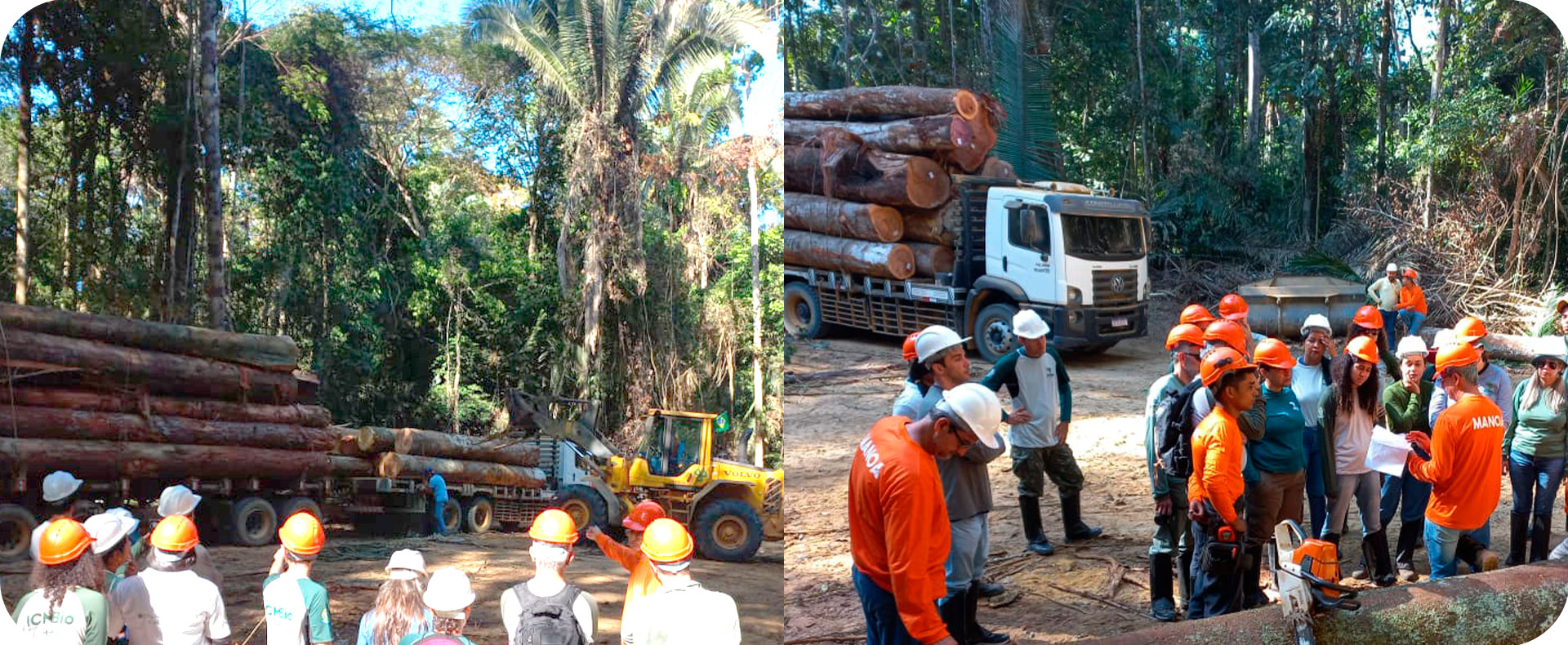
Training for the ICMBio team on good practices for low-impact management in the Manoa REDD+ Project
Territorial Governance:
As a popular saying goes, “What you don’t use, you lose”. One of the main factors resulting in land invasion and deforestation in the Amazon is the lack of territorial governance. Implementing and strengthening territorial management is a fundamental strategy for REDD+ Projects, through physical presence, environmental monitoring, patrolling and field operations. In this respect, MSF’s presence plays a key role through its annual large-scale operations. Both the REDD+ project and SFM ensure the maintenance of the business’s main assets: timber and carbon. They also implement stakeholder management, generating positive impacts and reducing the risk of social conflicts.
Scale and Time:
The environmental challenges we face today require large-scale solutions that will last over the long term. These are also fundamental principles of both the carbon market and SFM. In other words, to generate consistent positive climate impacts, carbon market initiatives need to be viable on a large scale and their benefits must be permanent. REDD+ projects, for example, must last at least 40 years. SFM is structured in a similar way, with cycles of at least 25 years for each Annual Production Unit (APU), allowing for the natural recovery of impacts in the logged area before the operation returns to the same area. This dynamic requires the structuring of a long-term operation in large territories. Therefore, there is nothing more logical than reconciling the two operations, reducing risks and making it easier to gain scale in the business.
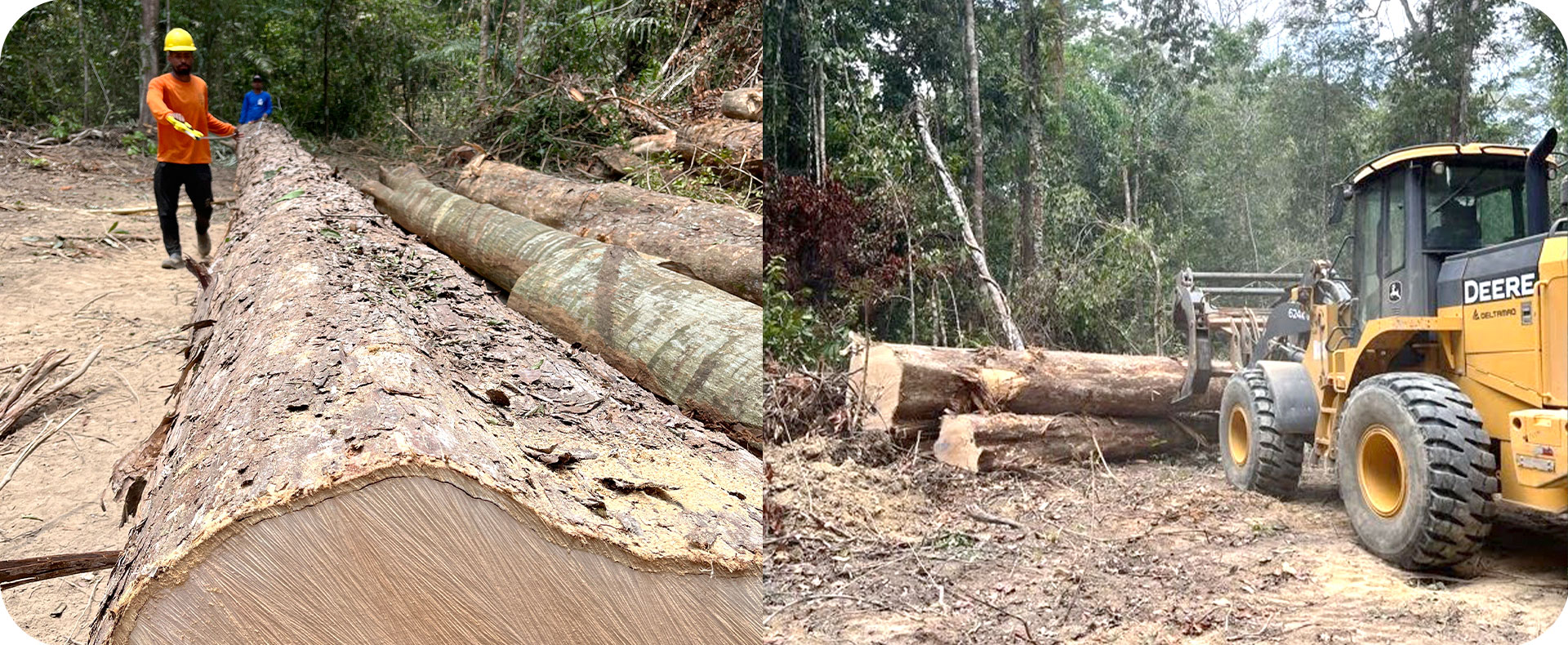
Sustainable forest management operation in the Jutaituba REDD+ Project
Financial Return:
Standing forest in Brazil is worth less than felled forest – this is a maxim that has been repeated for decades. Removing the forest generates immediate income through the sale of timber and the rapid implementation of extensive cattle ranching, in addition to the immediate appreciation of the land, which then becomes “productive”. In Brazil, there is still a lack of relevant economic incentives aligned with forest conservation that could reverse this logic. These should not only be limited to public incentive policies, such as Payments for Environmental Services (PES), but also to the use of market mechanisms, such as carbon credits, and the sustainable exploitation of natural resources such as wood, resins, medicines, tourism, among others. The addition of nature-based economic activities, also known as the Bioeconomy, tends to increase financial incentives and balance the cost-opportunity ratio compared to other conventional activities, such as extensive livestock farming and agriculture. In other words, growth and diversification in the generation of income from the sustainable exploitation of natural resources has a direct impact on the incentives to maintain these resources and, consequently, will lead to a reduction in deforestation, the main objective of the REDD+ mechanism.
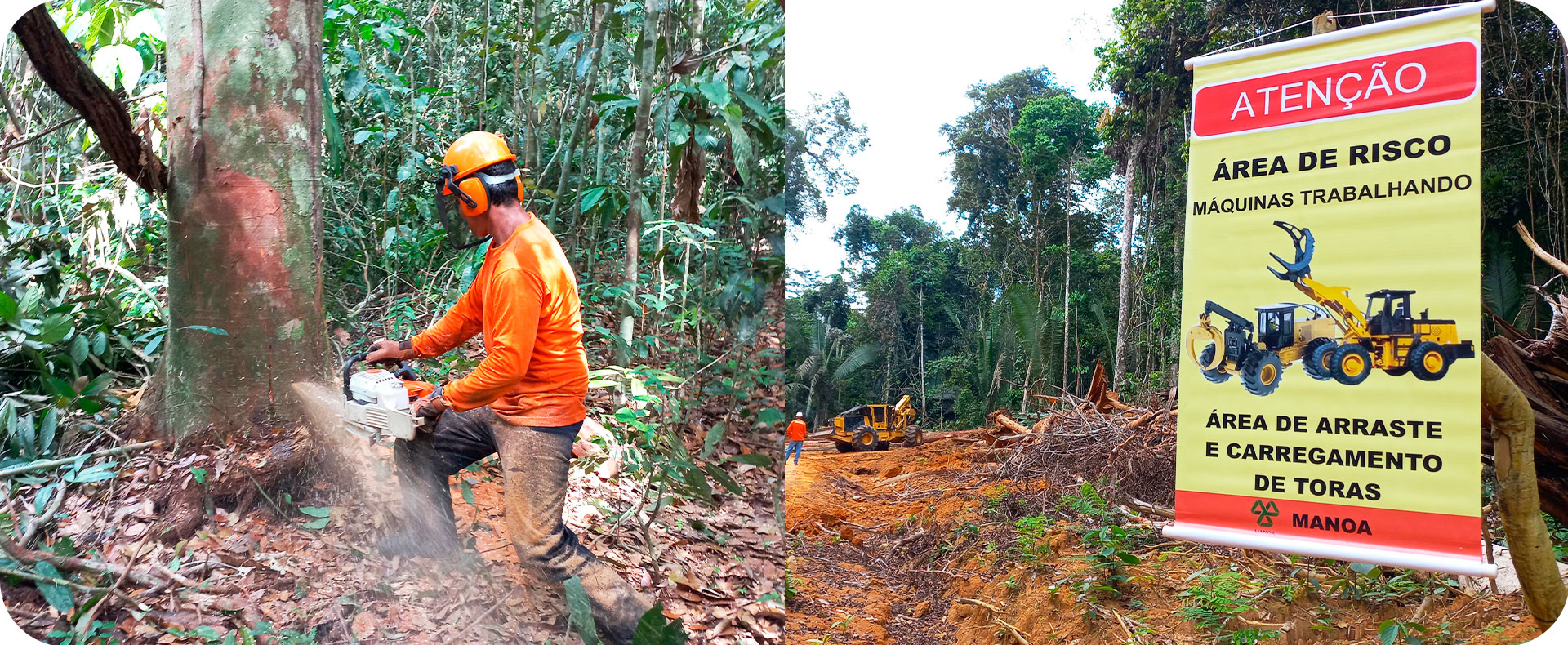
Demonstration of good management practices with reduced impact on the forest and risk reduction for employees in the Manoa REDD+ Project area
Scientific Research & Innovation:
Many consider the Amazon to be an open-air laboratory, full of untapped riches and with enormous potential to offer solutions to humanity’s challenges in the 21st century. Unfortunately, the exploitation of natural resources is still predominant in these regions and is based on the extraction of primary resources with a low level of processing and practically no technological use (such as wood, minerals, fruit and nuts), resulting in the destruction of undiscovered potential wealth. If we are to reverse this logic, we need to invest heavily in scientific research and innovation, accelerating biotechnology initiatives in tandem with valuing traditional knowledge. This approach is in line with the values promoted by REDD+ and SFM. Unfortunately, the existence of large territories under long-term, financially sound conservation management is the exception, not the practice in Brazil. Therefore, the consolidation of these initiatives has the potential to open doors to Research & Innovation, through incentive programs in partnership with local governments and the provision of adequate infrastructure.
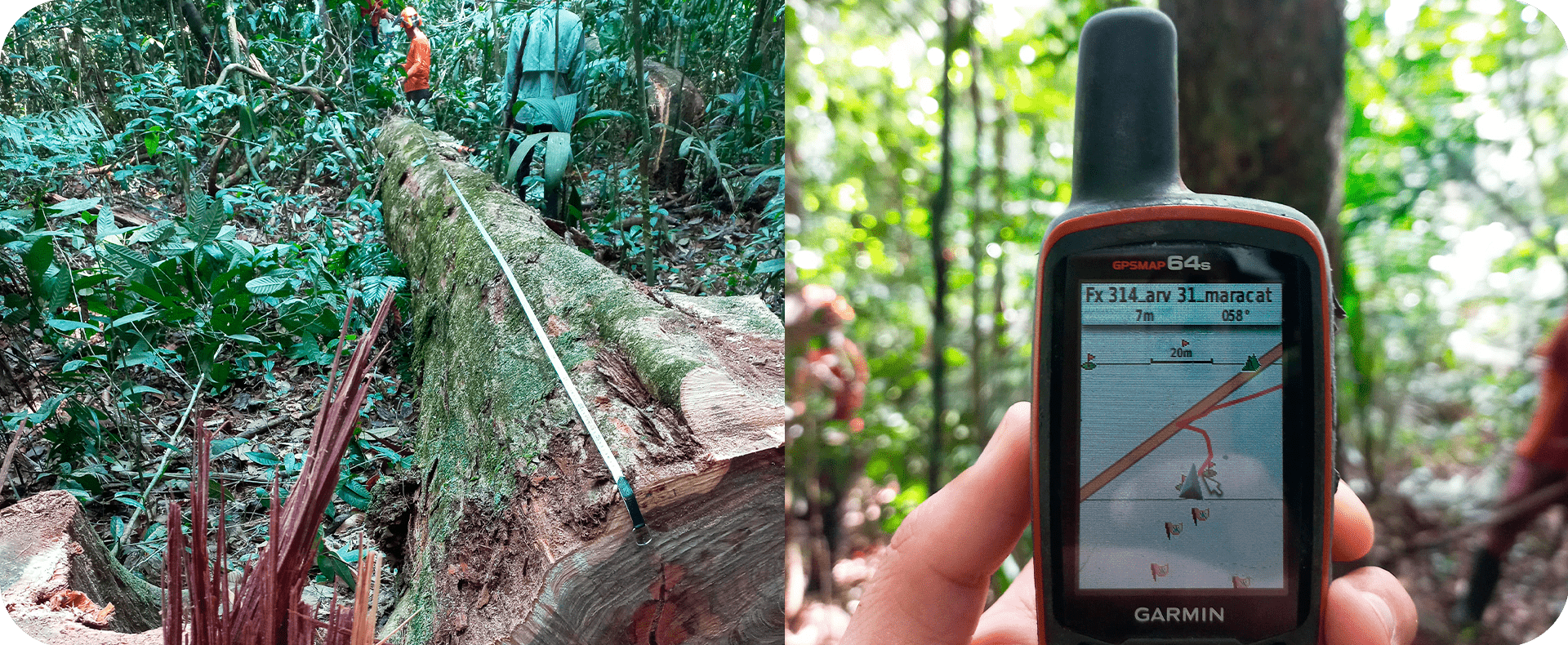
Professionals taking stock of harvested species and using GPS to locate the species to be managed in the Manoa REDD+ Project area
Impact of Activities
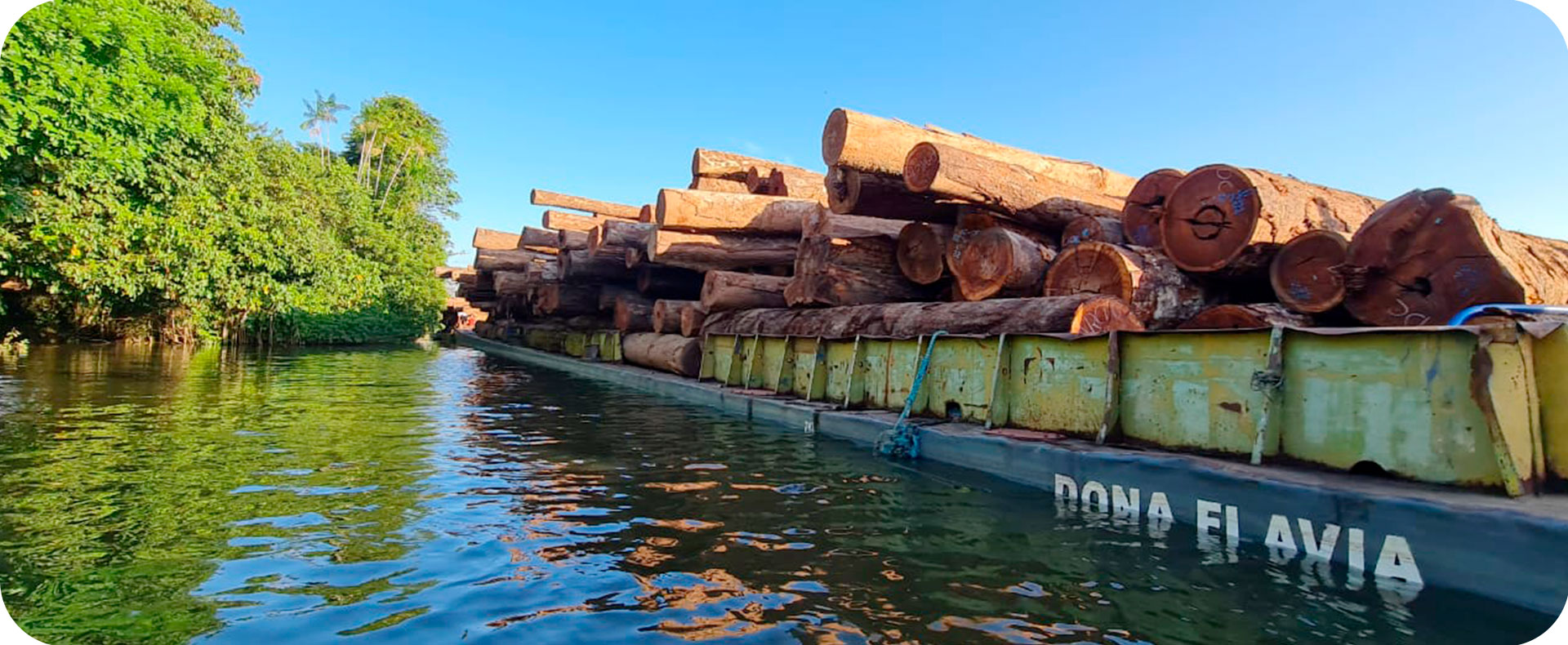
Transportation of logs from sustainable management in the Jutaituba REDD+ Project area
Finally, I couldn’t fail to mention the impacts generated by ongoing logging operations in a native forest and how they can be reflected in REDD+ projects. Even certified SFM causes impacts, such as the construction of infrastructure, trails for machinery, the opening of clearings and the removal of high biomass trees.
However, it is possible to accurately measure the level of these impacts on carbon stocks and subsequently discount them in the REDD+ project’s emissions accounting. This can be done by reconciling operational field data with remote sensing techniques, avoiding questions regarding the integrity of the carbon project’s GHG emissions calculation. Other potential social and environmental impacts can be monitored and mitigated, which is why certifications that ensure quality control of operations are important. It is important to emphasize that this impact is substantially less than other common economic alternatives, such as conventional predatory logging, which often triggers serial degradation culminating in the establishment of cattle ranching.
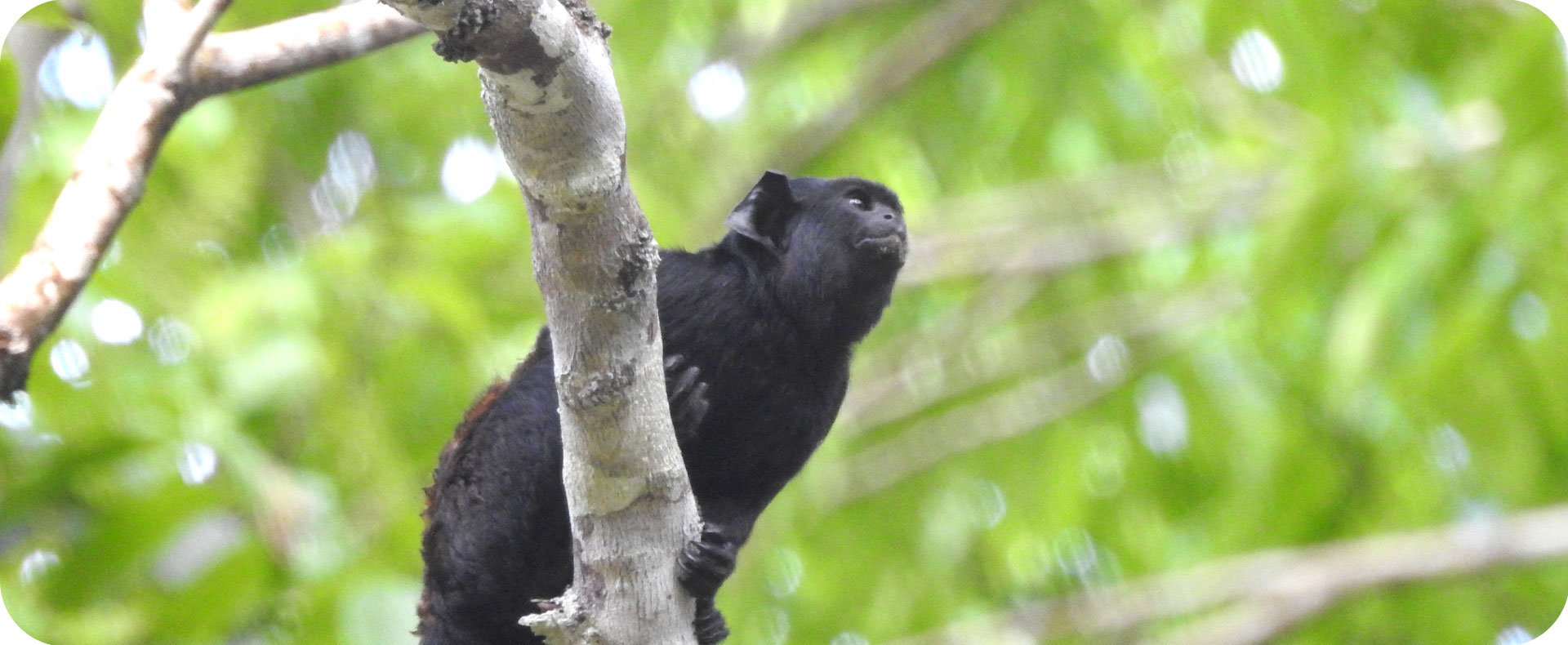
White-nosed marmoset (Saguinus nigricollis). Species found in the sustainable management area of the Jutaituba REDD+ Project
Future Prospects
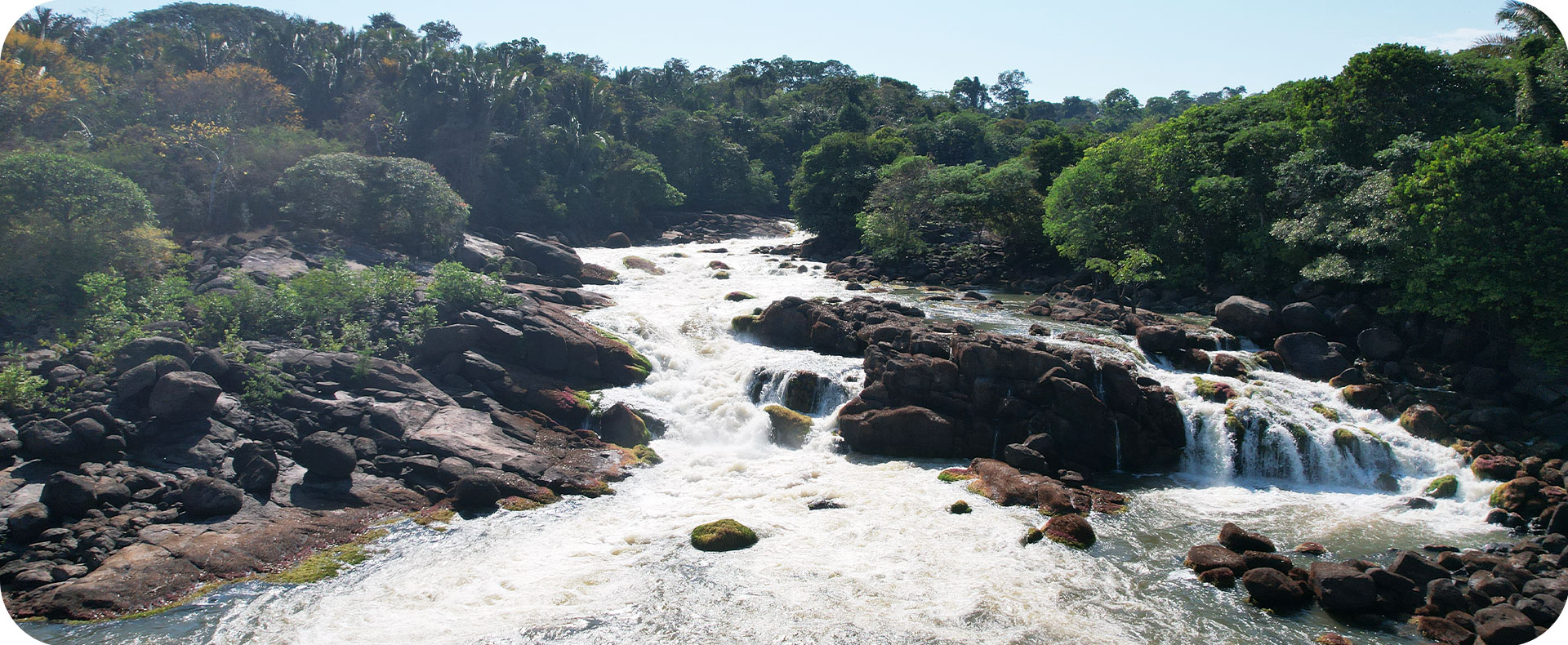
Manoa Waterfall, high conservation value area of the Manoa REDD+ Project
Undoubtedly, the solutions for sustainable economic development in the Amazon region must go far beyond the extraction of primary resources such as timber, and transitional economic incentive mechanisms such as the carbon market.
On a macro scale, land-use planning needs to take place, through land-title regularization, command and control over illegal activities, and the implementation of effective management of public lands. At the same time, adequate investment in knowledge generation is essential in order to sustain the process of technological transformation of production chains. Without these initiatives, we will never be able to move beyond extracting primary products with low added value, preventing growth in income generation and socio-economic development.
The establishment of SFM activities associated with carbon projects does not represent the definitive solution for the Amazon, but rather a fundamental initial stage to enable the consolidation of territorial governance with financial stability and a long-term vision, thus supporting the development of other initiatives with greater added value and ensuring the maintenance of environmental assets for generations to come.
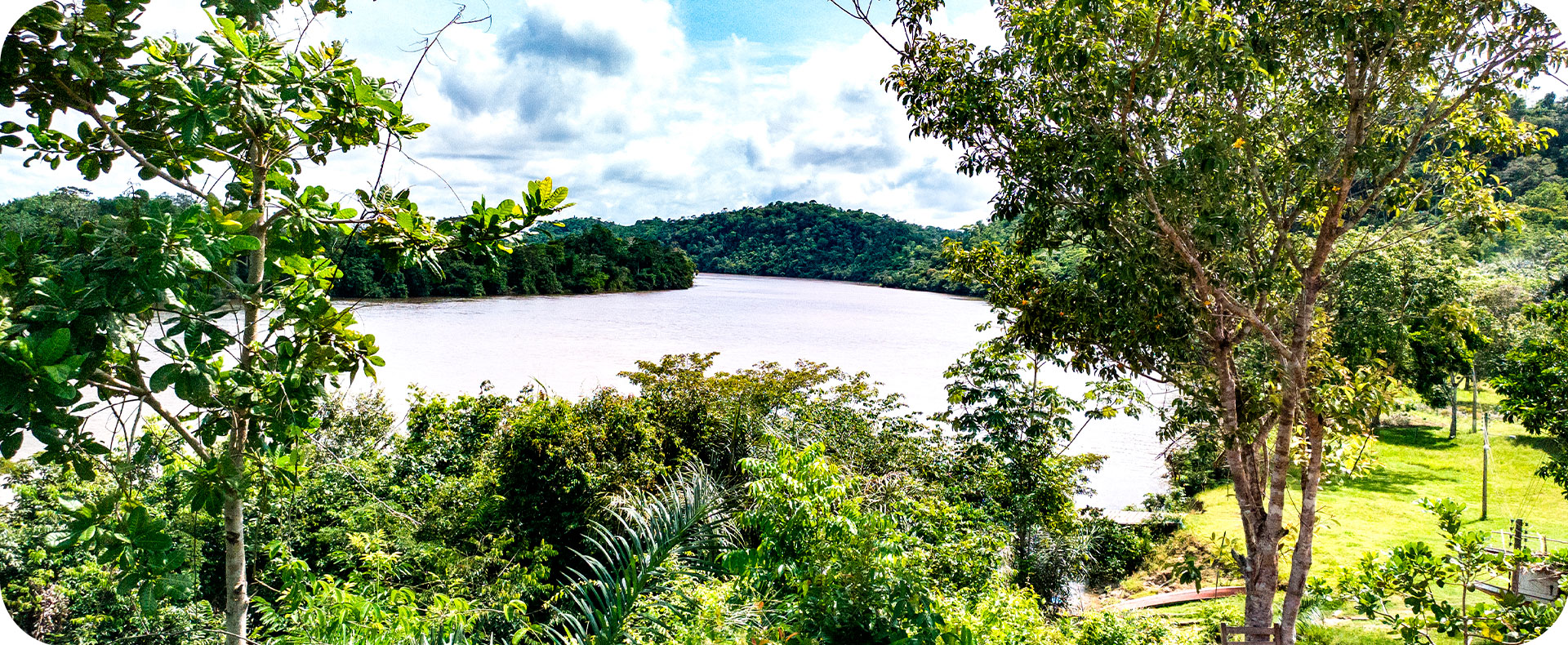
Paru River, in the community of Cafezal, a conserved forest area of the Jari Pará REDD+ Project
References and Suggested Reading:
- System for Estimating Greenhouse Gas Emissions and Removals – SEEG
- Approval of the bill for a Brazilian ETS in the Chamber of Deputies is a remarkable achievement – Positions – Biofílica Ambipar
- COP28 and the Voluntary Carbon Market – Positions – Biofílica Ambipar
- Brazilian Institute of Geography and Statistics (IBGE) – Plant extraction and forestry
- Bioeconomy Observatory (FGV) – Voluntary Carbon Market in Brazil: In reality and in practice
- Ecosystem Marketplace – State of the Voluntary Carbon Markets 2023
- World Bank: State and Trends of Carbon Pricing 2023
- Imazon – Guide to Community Forest Management
- FSC – Forest Management
- Instituto Floresta Tropical (IFT) – What is Reduced Impact Logging and Forest Management (RILFM)?
- Idesam – Forest Cities: Sustainable Forest Management [Video]

Caio Gallego
NBS Intelligence Manager
Biofílica Ambipar
[1] Around 48% of national emissions in 2022, according to data from the SEEG (System for Estimating Emissions and Removals of Greenhouse Gases).
[2] According to the IBGE, around 63% of extractive production in Brazil in 2022 was of timber origin.
[3] Ecosystem Marketplace, 2023: State of the Voluntary Carbon Markets 2023
[4] McKinsey, 2021: A blueprint for scaling voluntary carbon markets to meet the climate challenge
[5] Ecosystem Marketplace, 2023: State of the Voluntary Carbon Markets 2023



